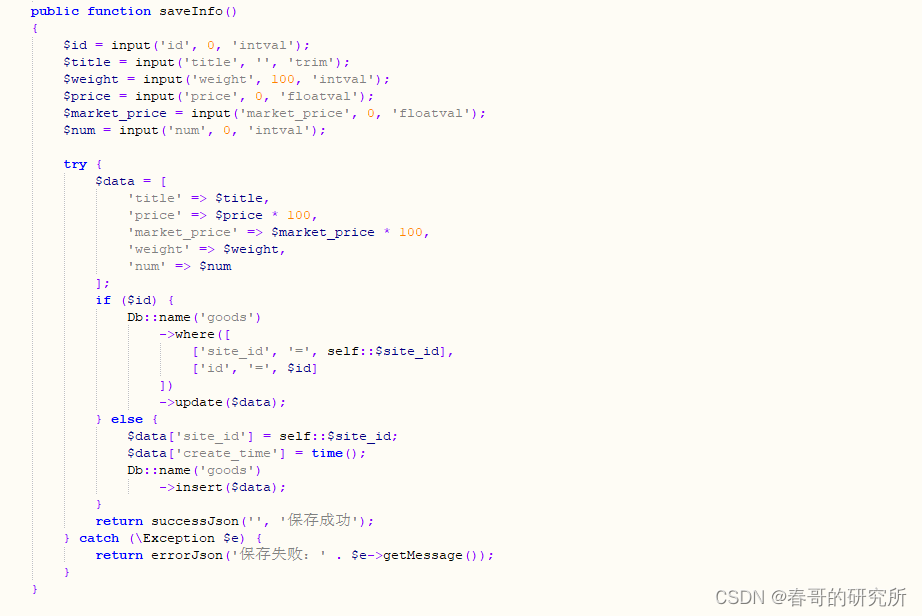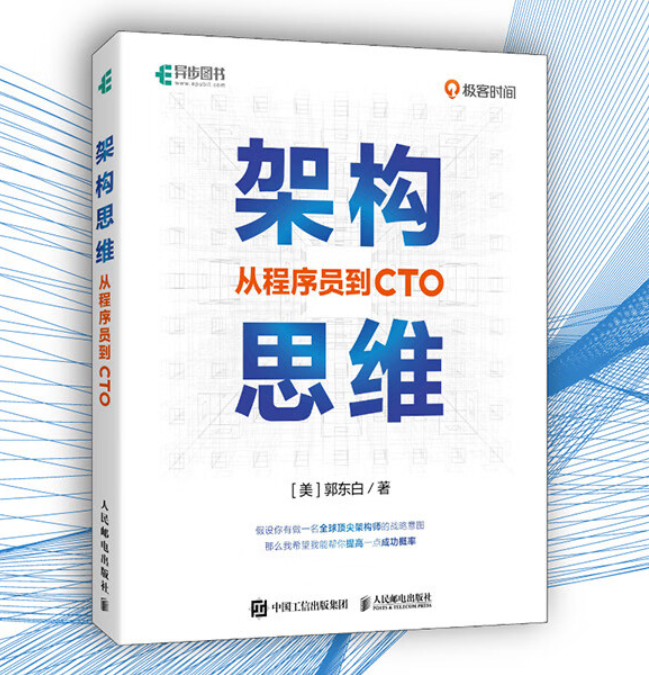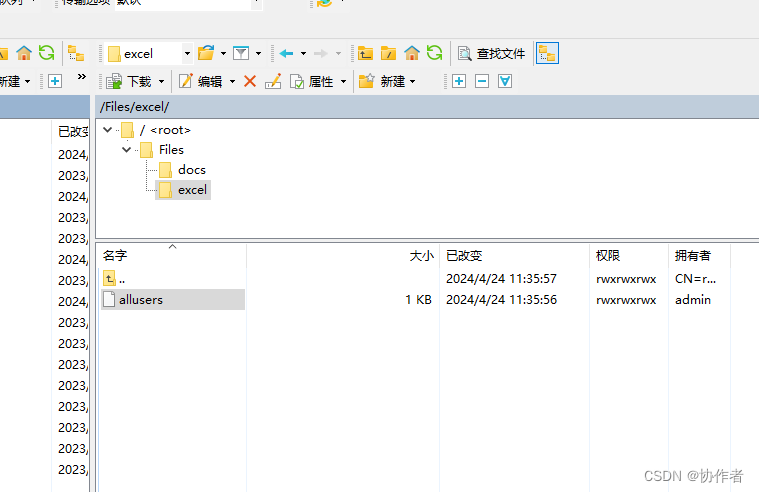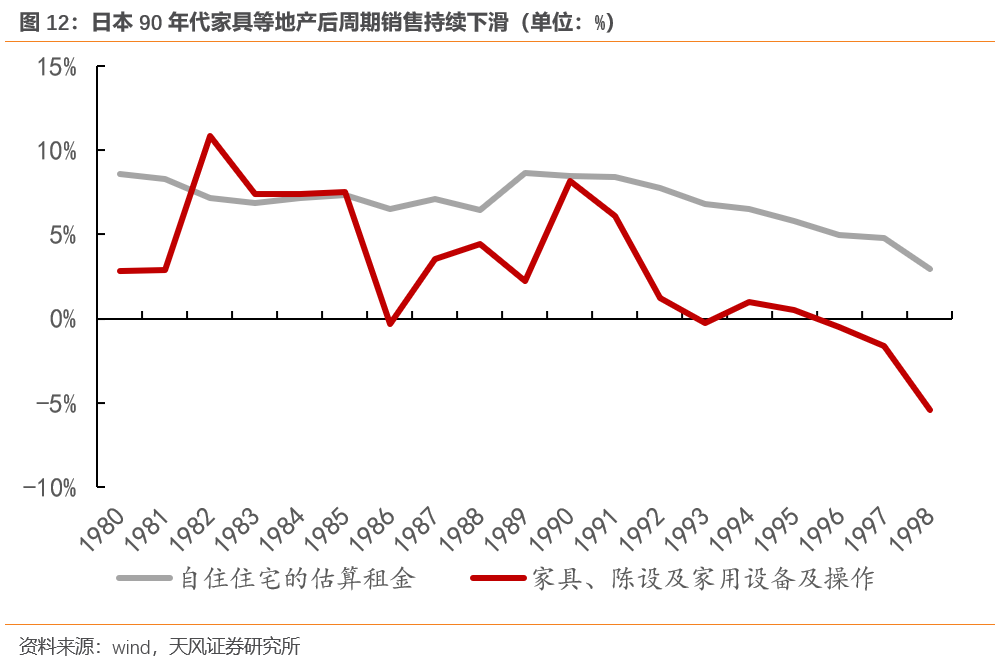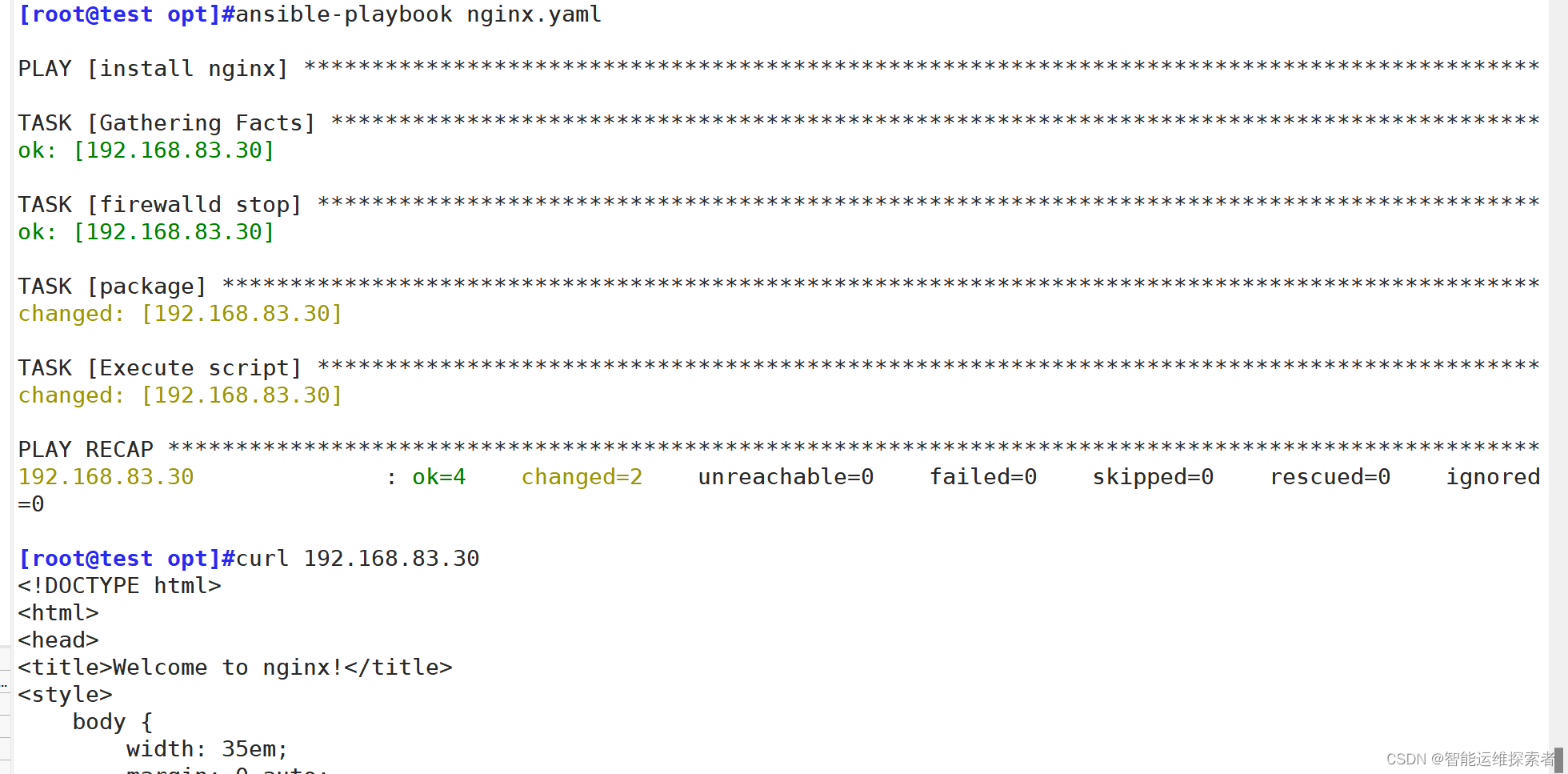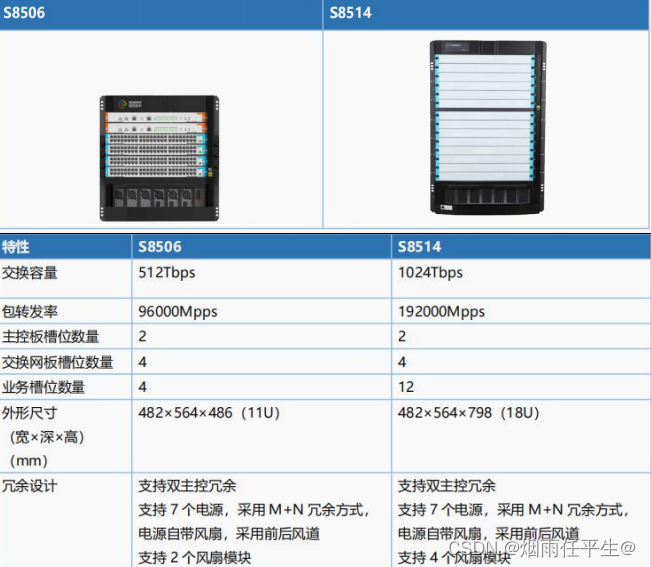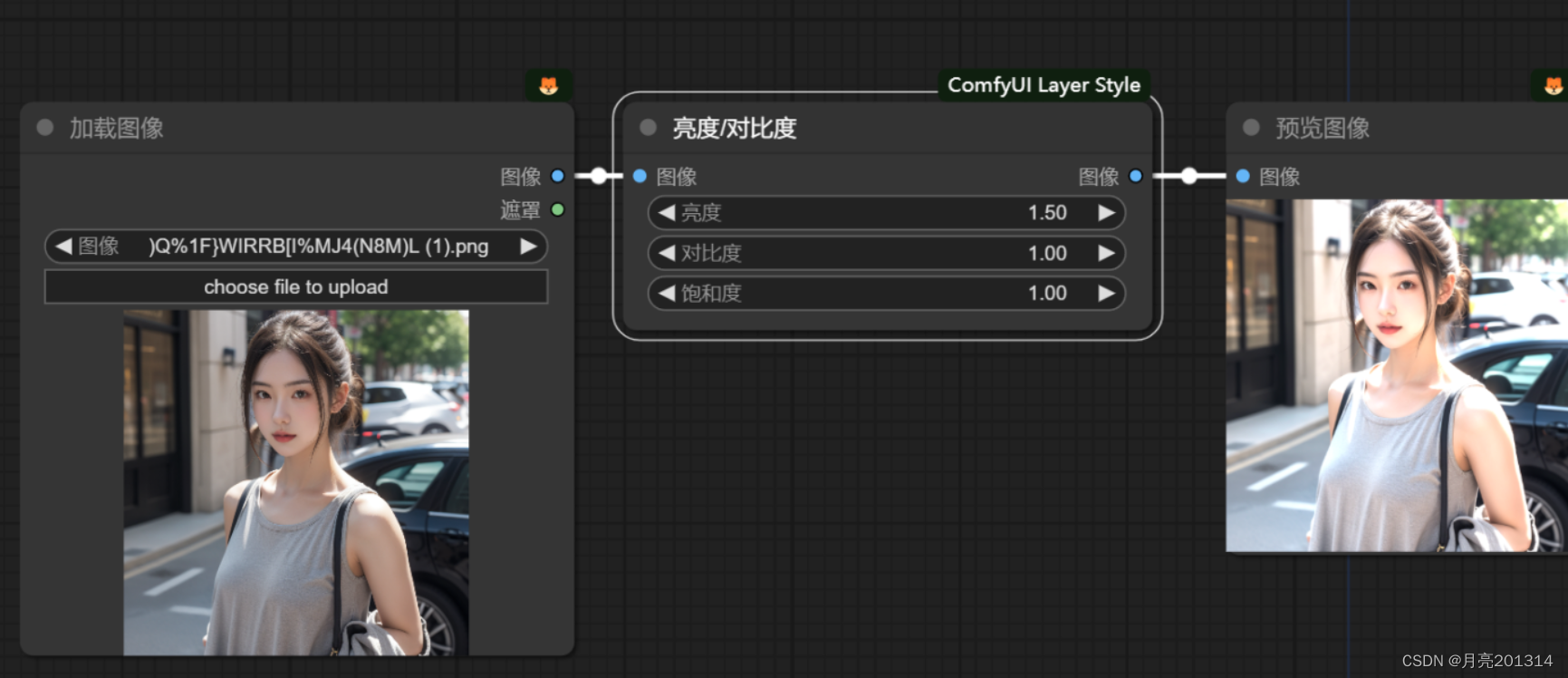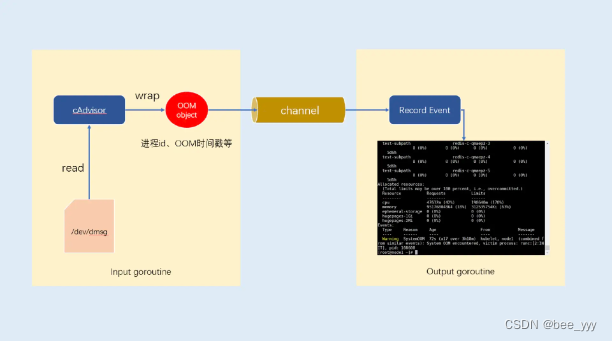关于二叉树的相关深度优先遍历类题目,重点在于掌握最基本的前中后序遍历,大多数题目都在围绕这套逻辑,找到处理节点的时机,以及停止遍历的条件,即可顺利完成。
二叉树前中后序遍历模板
所谓前中后序,指的就是访问节点的时机。
前序:访问当前节点->左子树->右子树
中序:左子树->访问当前节点->右子树
后序:左子树->右子树->访问当前节点
public void dfs(TreeNode root) {
// 最终终止条件,彻底遍历完了
if (root == null) {
return;
}
// 前序 System.out.println(root.val);
dfs(root.left);
// 中序 System.out.println(root.val);
dfs(root.right);
// 后序 System.out.println(root.val);
}
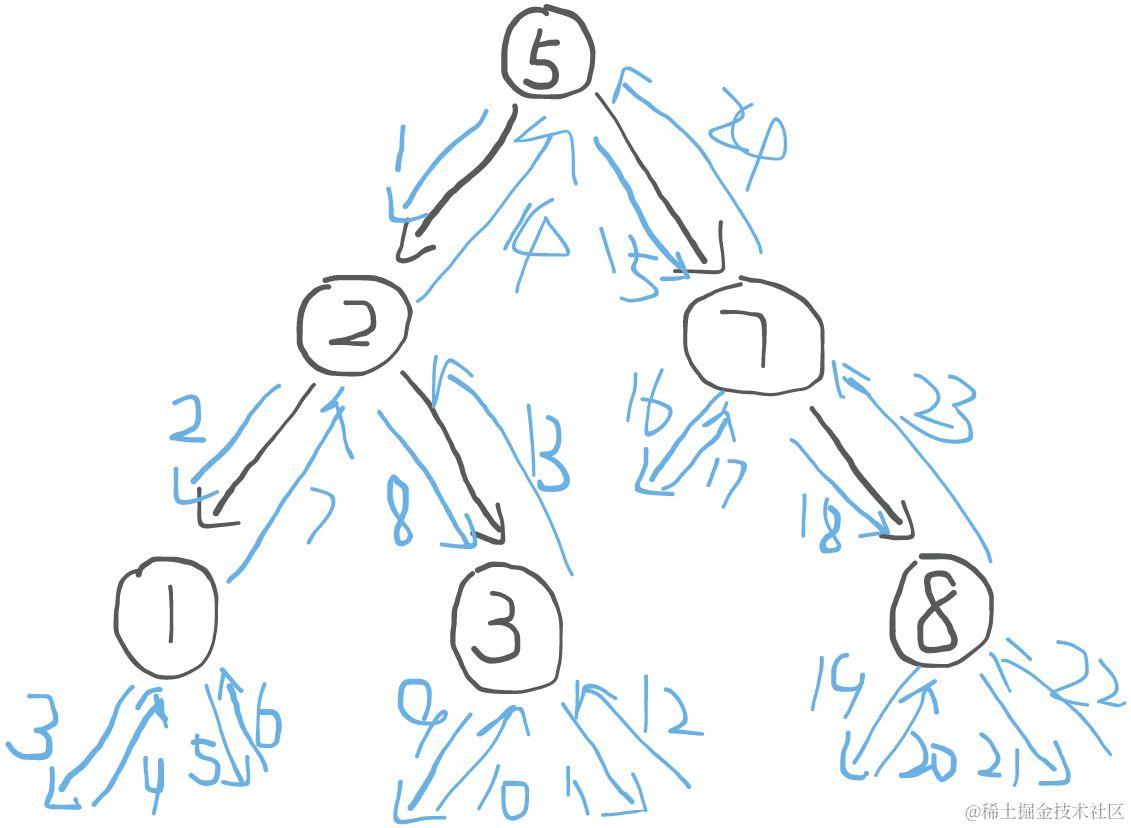
下面来几道练习
1. 二叉树的最大深度
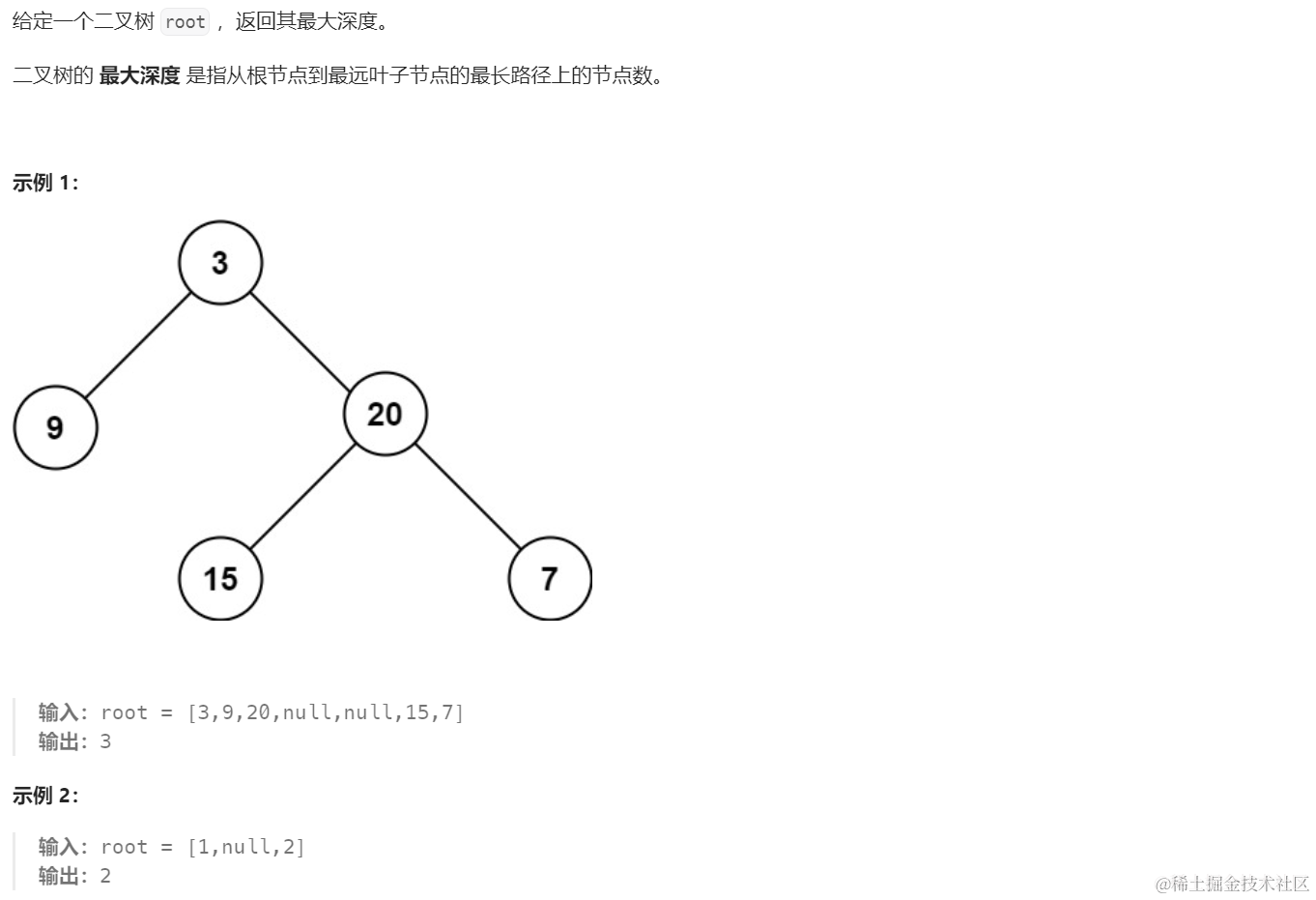
public int maxDepth(TreeNode root) {
if(root == null){
return 0;
}
int leftMaxDepth = maxDepth(root.left);
int rightMaxDepth = maxDepth(root.right);
return Math.max(leftMaxDepth, rightMaxDepth) + 1;
}
2. 二叉树的最小深度
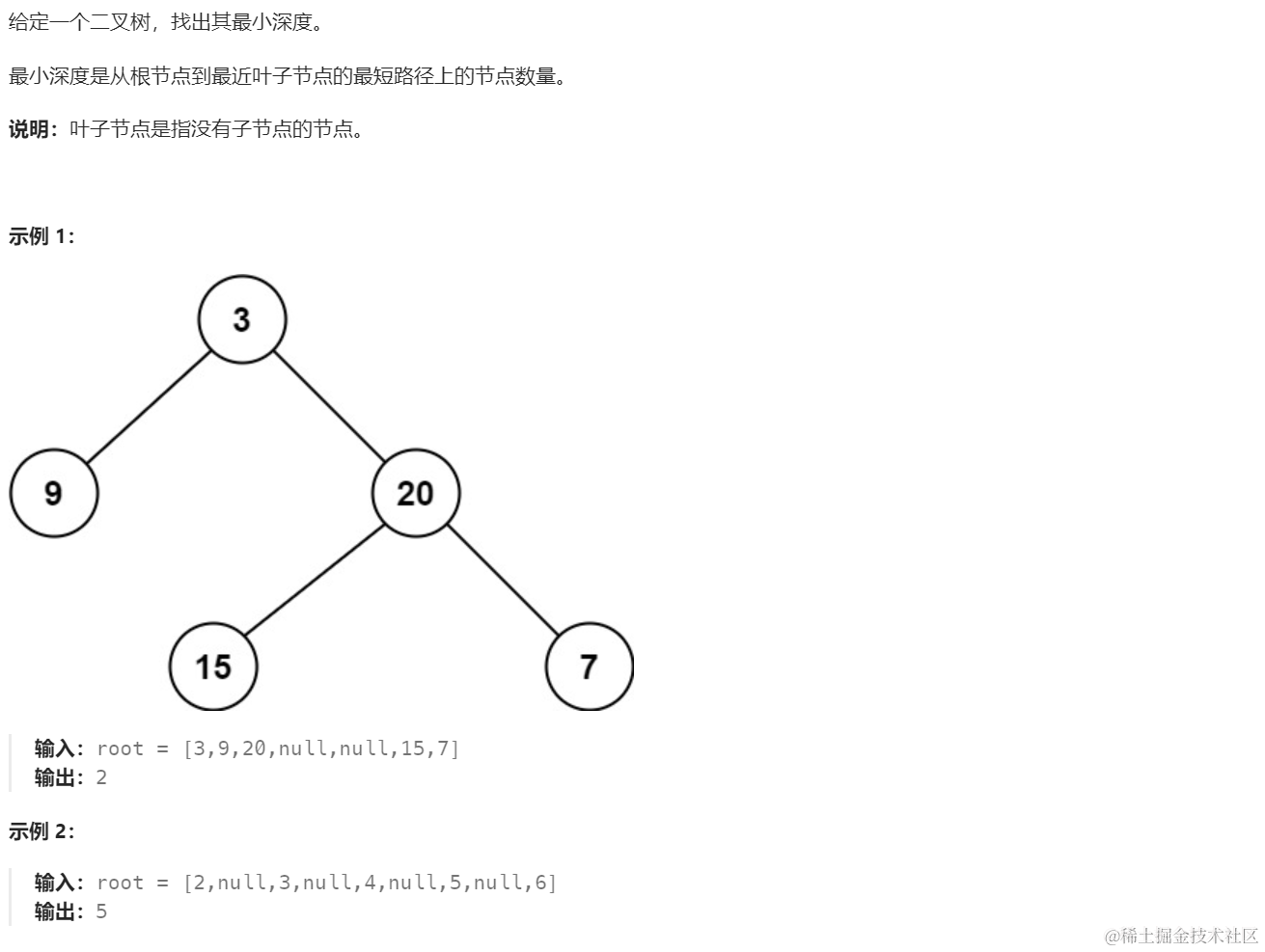
1.如果左右子树都为空,则返回1。
2.优先遍历左右子树,如果左子树为空,则返回右子树的深度,如果右子树为空,则返回左子树的深度。
3.如果都不为空,则返回二者较小的一个。
能走到第2步则表示左右子树至少有一个是非空的,而最小深度只能从非空的子树中产生,所以左右子树哪个不是空,就找它,如果都不是空,就找最小的。
public int minDepth(TreeNode root) {
if (root == null) {
return 0;
}
if (root.left == null && root.right == null) {
return 1;
}
int leftMinDepth = minDepth(root.left);
int rightMinDepth = minDepth(root.right);
if (root.left == null) {
return rightMinDepth + 1;
}
if (root.right == null) {
return leftMinDepth + 1;
}
return Math.min(leftMinDepth, rightMinDepth) + 1;
}
3. 路径总和
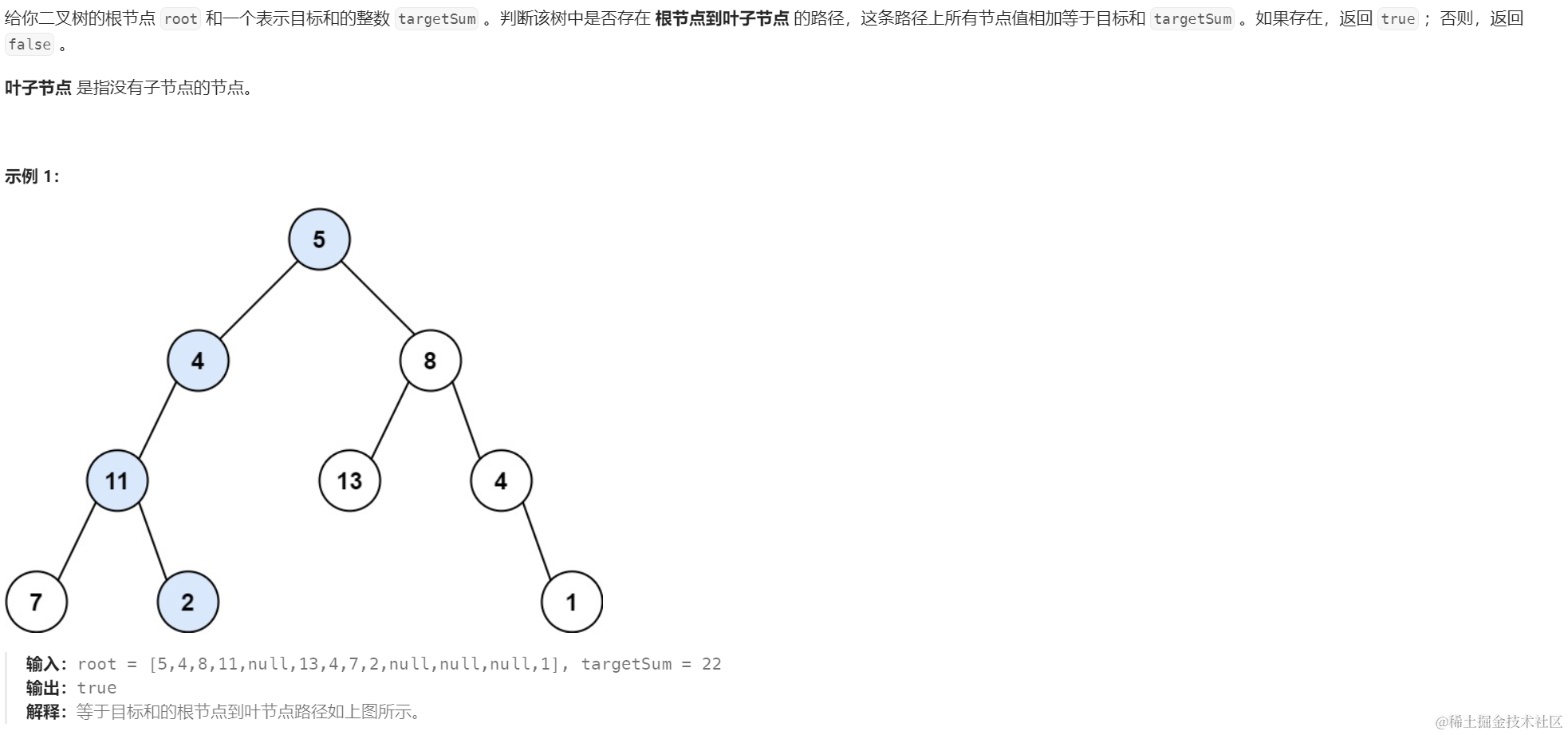
基于先序遍历进行处理即可,目标是将targetSum减到0同时满足当前为叶子节点。
public boolean hasPathSum(TreeNode root, int targetSum) {
if(root == null){
return false;
}
int x = targetSum - root.val;
if(root.left == null && root.right == null && x == 0){
return true;
}
return hasPathSum(root.left, x) || hasPathSum(root.right, x);
}
4. 二叉树的最近公共祖先

1.当前遍历到的节点是空,或者是p本身、或者是q本身,则应当返回当前节点
2.优先遍历左右子树
3.如果左右子树都不为空,则root自然就是它们的最近公共祖先,因此直接返回root
4.除此之外,如果左子树为空,则最近公共祖先一定在右子树中,否则就在右子树中
public TreeNode lowestCommonAncestor(TreeNode root, TreeNode p, TreeNode q) {
if(root == null || root == p || root == q){
return root;
}
TreeNode left = lowestCommonAncestor(root.left, p, q);
TreeNode right = lowestCommonAncestor(root.right, p, q);
if(left != null && right != null){
return root;
}
return left != null ? left : right;
}
本题基于后序遍历进行处理,终止条件为当前节点为空,或者当前节点就是目标节点,所以如果左右子树都有返回值,则说明各自都找到目标节点,那最近公共祖先自然就是当前root节点。反之,如果左右子树都返回了空,则说明都没找到,那随便返回哪个都一样(因为无论哪个都是空)。另一类情况就是一个为空,一个不为空,言下之意就是,一个找到了目标值,一个未找到目标值,那自然得返回找到目标值的那一个,最后递归逻辑会带着其中一个返回的目标值,与另一个带着其中一个返回的目标值,命中左右子树都不为空的条件,即可返回root。
5. 求根节点到叶节点数字之和
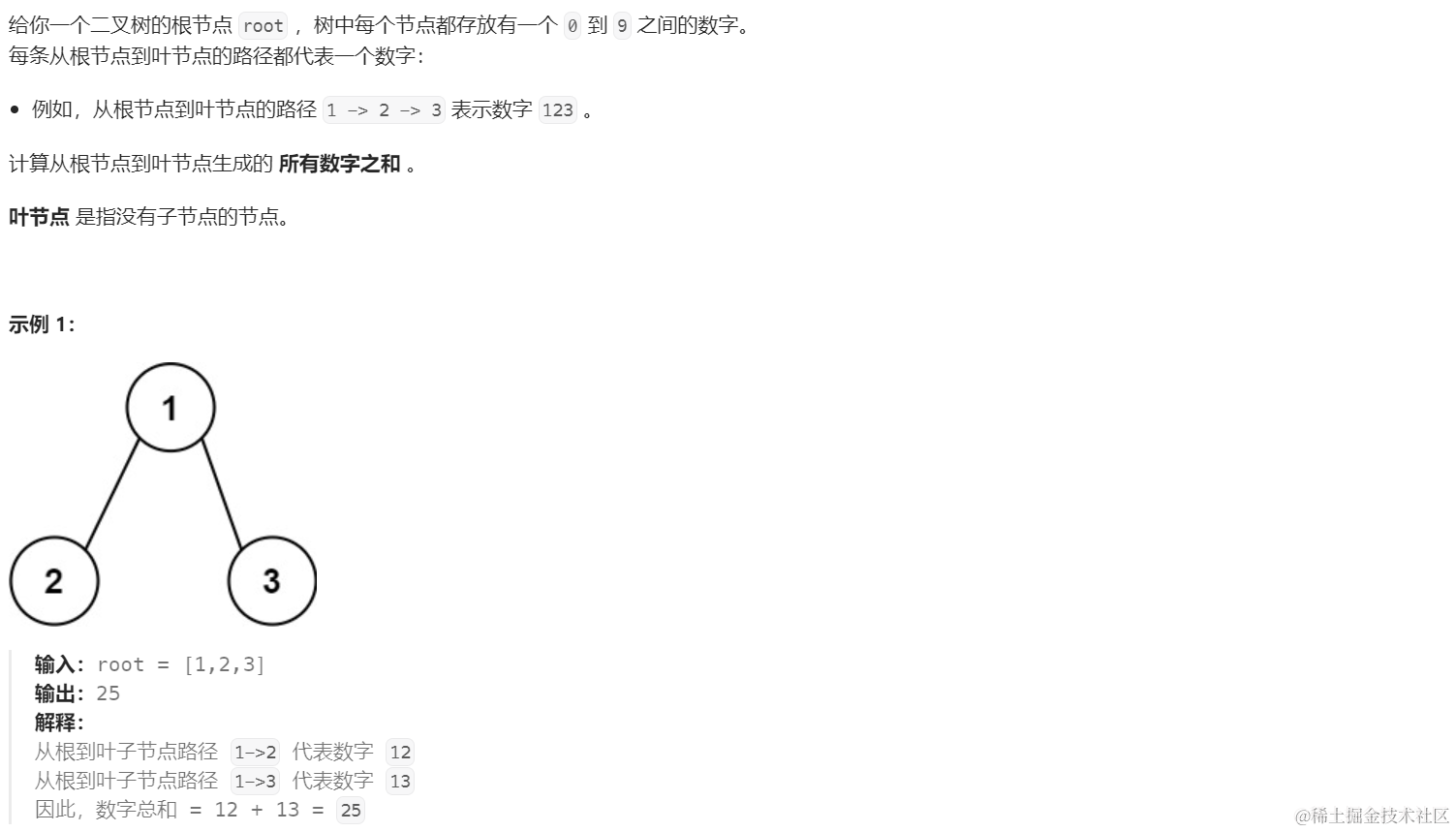
这题直接按照先序遍历的方式,根据当前节点的值先进行计算,如果当前节点是叶子节点,则直接返回计算结果,否则将计算结果带入左右子树继续计算。
public int sumNumbers(TreeNode root) {
return dfs(root, 0);
}
public int dfs(TreeNode root, int sum){
if(root == null){
return 0;
}
int x = sum * 10 + root.val;
if(root.left == null && root.right == null){
return x;
}
return dfs(root.left, x) + dfs(root.right, x);
}
6. 二叉搜索树中第K小的元素
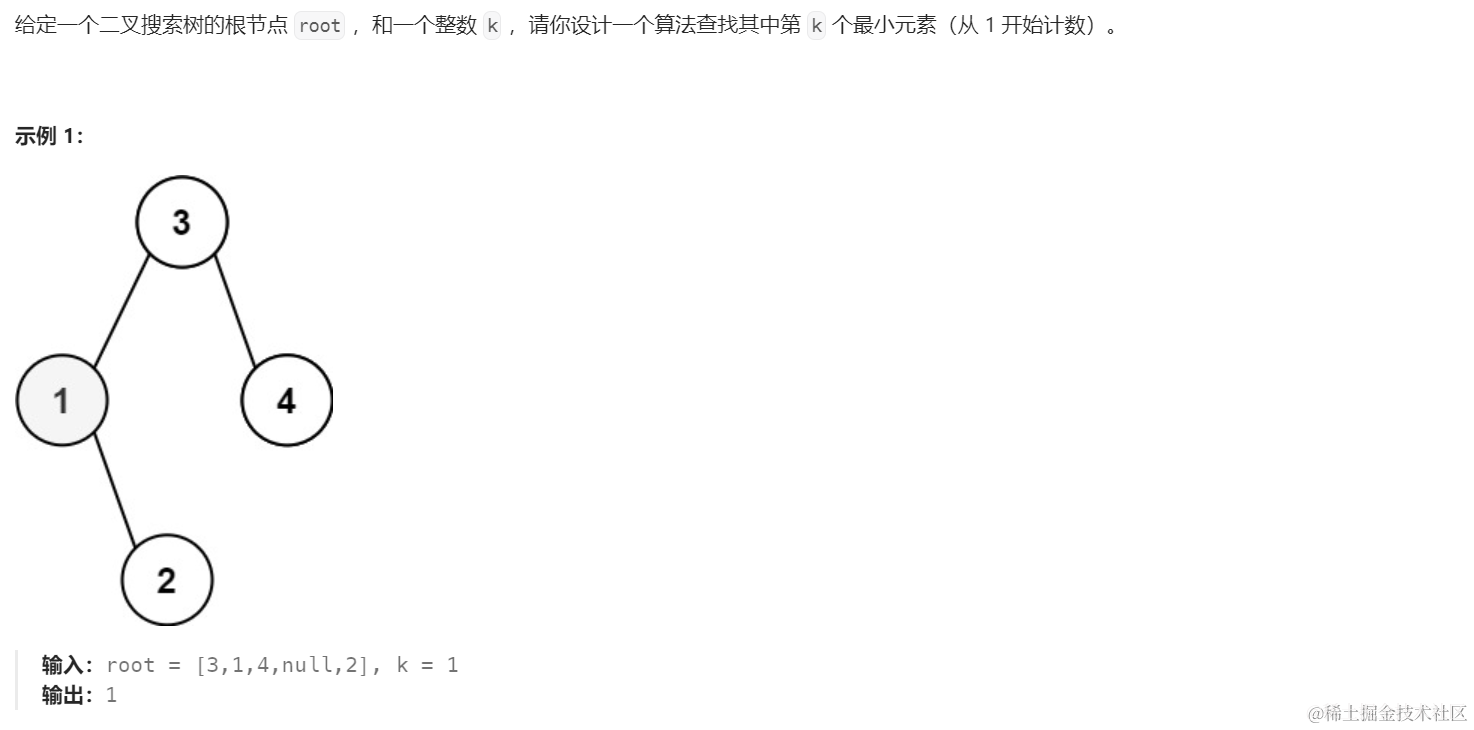
对于二叉搜索树,只需要按照中序遍历,即可从小到大进行输出,所以找到第K小的元素,实际上就是返回第K次访问的元素即可。
int cnt = 0;
int ans = -1;
public int kthSmallest(TreeNode root, int k) {
dfs(root, k);
return ans;
}
public void dfs(TreeNode root, int k){
if(root == null || ans != -1){
return;
}
dfs(root.left, k);
if(++cnt == k){
ans = root.val;
return;
}
dfs(root.right, k);
}

